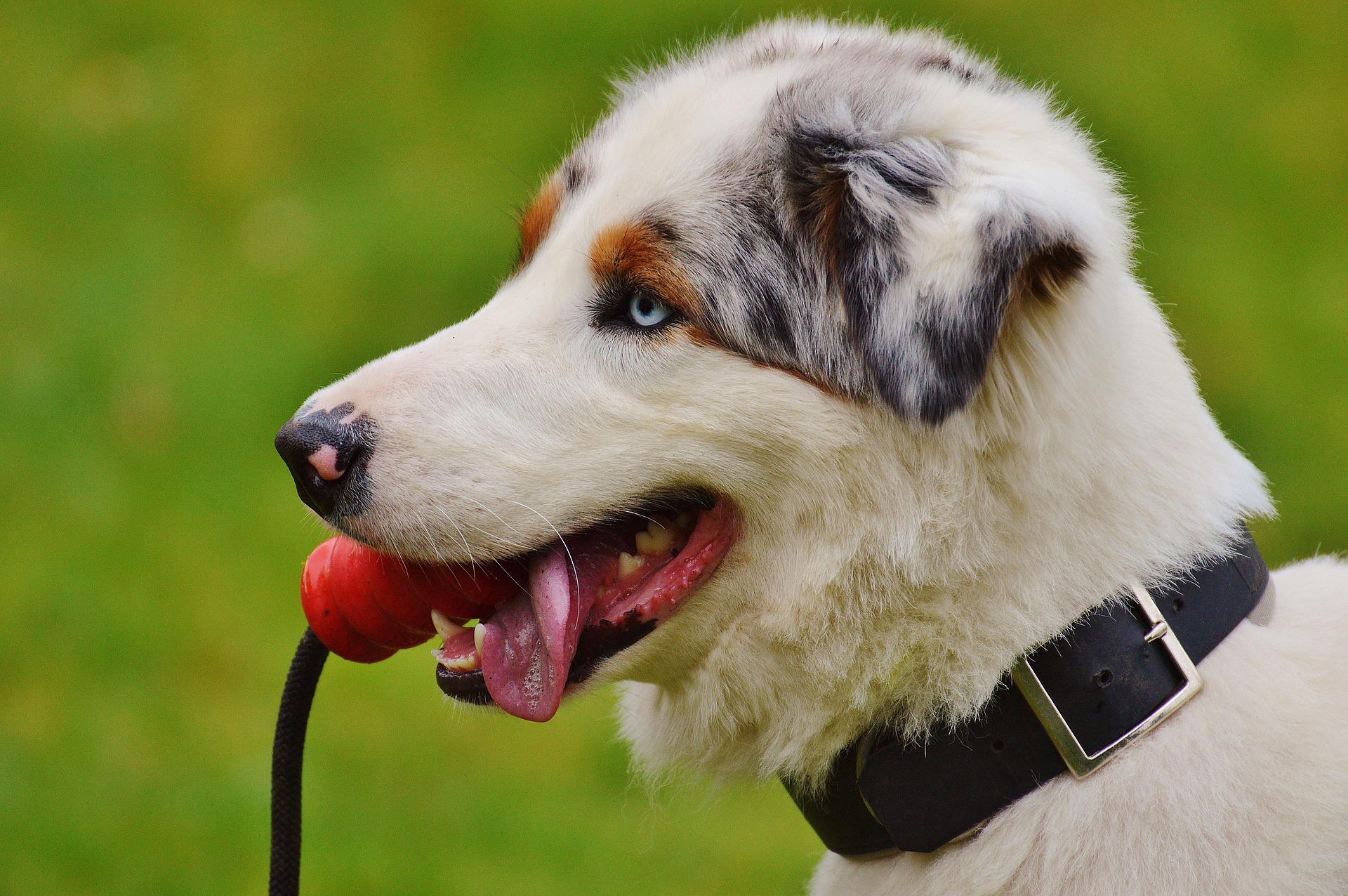How Training Methods Affect Your Dog’s Stress Levels

Training can bring out the best in your dogs, but have you ever wondered what’s going on in their minds as they try to understand and follow your commands? If you’re not familiar with the language of dogs, you might struggle to read their emotions, resulting in misinterpretations.
Dog obedience training classes in Jacksonville, Florida,and other places commonly use positive reinforcement in their programs. This includes the implementation of the reward system, which means rewarding dogs for every achievement. Another training method, which is also used by some trainers and dog owners, is called discipline-based or negative reinforcement. This method focuses on giving punishments to dogs who refuse to be obedient.
A study was carried out to determine the effects of positive reinforcement and discipline-based training on the stress levels of dogs. The study was small-scaled, but the results were enlightening.
Effects of Negative Reinforcement (Discipline-Based Training)
Dog training in the past used to be discipline-based because most training models back then were the ones used in military dogs, whose trainers believed that human military training methods are also applicable to canines. This method involves the use of slip collars, leash tugs, and other physical means to enforce obedience. Even the “Dog Whisperer” Cesar Millan uses physical means to gain control over dominant dogs. Popular figures like him have bought back the popularity of discipline-based training, despite criticisms.
Two French researchers tested out the effects of discipline-based training on 26 dogs. The results showed that 65% of them exhibited at least one sign of being stressed, such as yawning, mouth-licking, shivering, scratching, whining, low posture, eye contact avoidance, and attempts to run away.
Effects of Positive Reinforcement
The research also covered the effects of positive reinforcement training. In comparison to discipline-based trained dogs, only 8% of positively trained dogs showed signs of being stressed. 88% of them maintained eye contact with their owners while being commanded, while only 38% of discipline-based trained dogs did. Another overwhelming difference is the exhibition of a low posture, with 46% of it seen on discipline-based trained dogs, and only 8% in positively trained dogs.
The rest of the results are as follows:
- Mouth licking – 38% discipline-based, 8% positive reinforcement
- Yawning – 23% discipline-based, 0% positive reinforcement
How to Train Using Positive Reinforcement
Positive reinforcement has now dominated the dog-training scene. Many dog-owners and trainers now recognize the value of the reward system and how it strengthens their bonds with their dogs. This method allows you to involve everyone in your family with the training. Ask all of them to use the same commands so as to not confuse your dog. They can give treats to the dog once it successfully performs a trick or follows a command.
The reward system is also effective in potty training. Every time your dog relieves itself outside, give it a reward like a treat or a walk so that they would understand that toilet duties must be performed outside the house. For fearful and aggressive dogs,clicker training may be effective. Every time your dog with either behavior follows your command, click the device and give them a treat. The clicker will be your official good behavior marker.
Be patient while training your dog. Keep on rewarding them for every good behavior, and instead of punishing the bad ones, simply ignore them. If you shower your dog with affection instead of harshness, they will always be motivated to behave properly, and your bond with each other will strengthen.